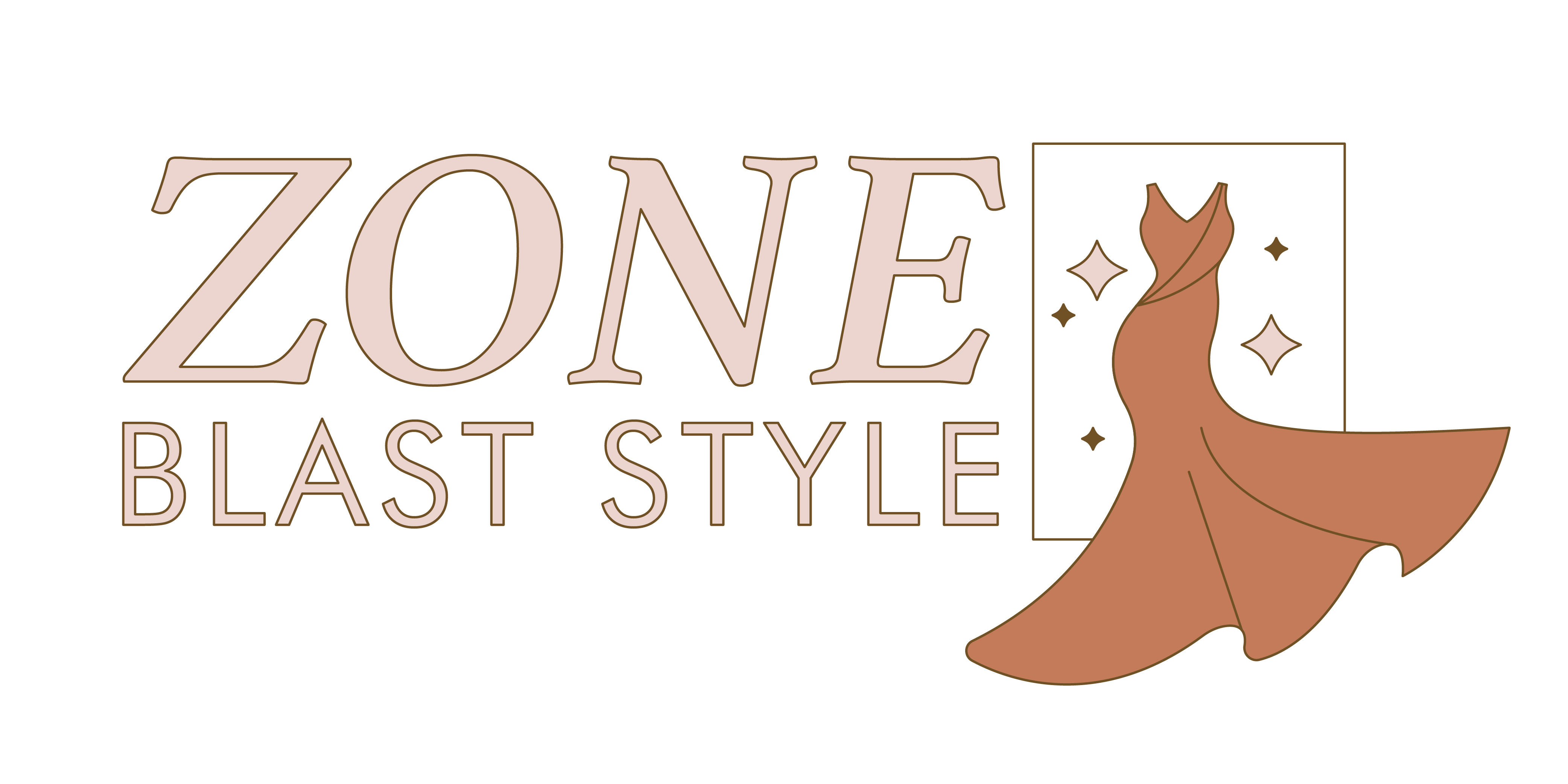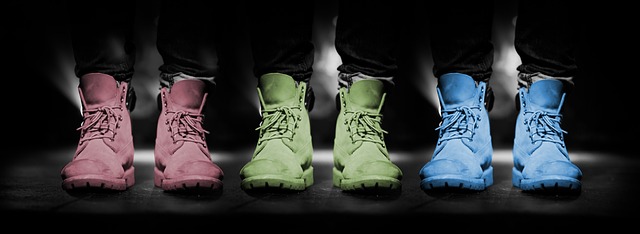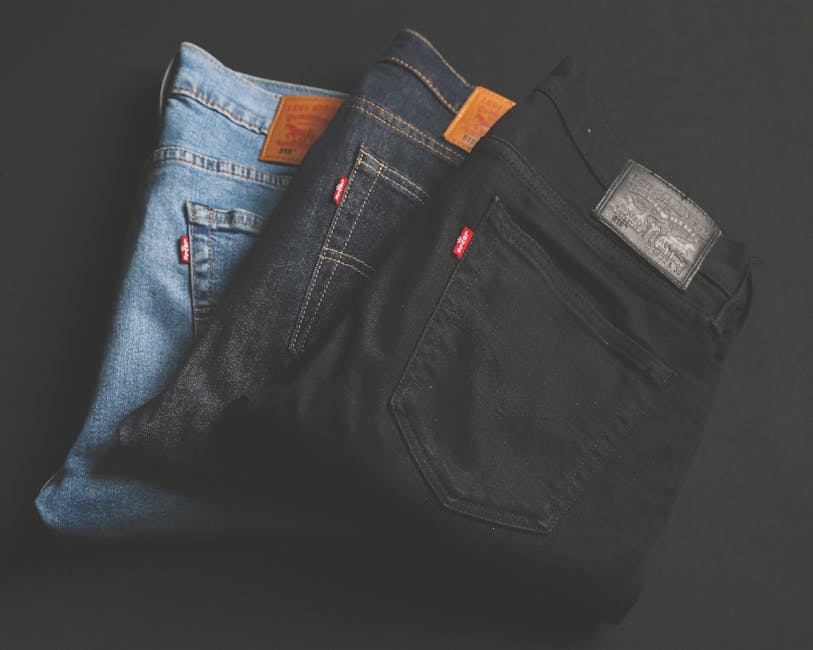Intro: More Than Just a Hoodie
Streetwear isn’t just clothes—it’s a language, a signal, and a statement. At its core, streetwear is fashion born from the ground up. Think T-shirts, hoodies, sneakers, and logos—but it’s never just about the fit. It’s about where the fit comes from: skate parks, hip-hop circles, punk shows, and sidewalks. It’s DIY energy built into fabric, stitched with defiance.
Culturally, streetwear flipped the script. It made space for youth to define what style means on their own terms. No rules, no houses, no runway needed. And that cultural power? It became commercial power. Brands once seen as fringe are now collaborating with legacy fashion names. Limited drops sell out in seconds. A T-shirt can command the same price as tailored outerwear.
Over the last decade, the change has been hard to ignore. What started as niche scene gear is now center stage at Paris Fashion Week. But the spirit hasn’t vanished. Whether it’s a printed tee from a bedroom label or a collab between a rapper and a couture house, the core remains: authenticity, identity, and expression with an edge.
This movement matters because it keeps forcing the industry to evolve—and it continues to remind us that style doesn’t come from the top down. It comes from the street up.
Where It All Started
Streetwear didn’t emerge overnight. It was forged in parking lots, skate parks, garage recording studios, and underground clubs. Long before the fashion elite embraced it, streetwear was being shaped by the energy and rebellion of youth cultures around the globe.
Born from Subcultures
Streetwear’s foundation rests on four major pillars—each with its own flavor and influence:
- Skateboarding: Rooted in California’s streets, the skate subculture brought in baggy silhouettes, graphic tees, and hard-earned authenticity.
- Surf Culture: Another Californian export, surf style introduced relaxed fits and brand loyalty born on the beach.
- Hip-Hop: From New York to L.A., hip-hop shaped style through oversized cuts, sneakers, and a focus on self-expression.
- Punk Rock: DIY fashion, patches, and an anti-establishment attitude—punk injected a raw edge into early streetwear designs.
These influences weren’t siloed; they often overlapped in urban spaces where identity and style were currency.
The 80s–90s: Local Scenes with Big Dreams
During the late 20th century, streetwear stayed mostly local—but the intent was always bigger.
- Independent Brands: Labels like Stüssy, FUCT, and Freshjive started small, focused on niche audiences, but their rebellious aesthetics carried wide appeal.
- Limited Production: Constrained budgets and underground status led to small runs—accidentally creating desirability through scarcity.
- Word of Mouth: Without mainstream marketing, credibility spread through music videos, zines, and city streets.
This era set the tone for the global takeover to come, proving that attitude could be as important as access.
The DIY Spirit
At the heart of early streetwear was an ethos of making something out of nothing.
- Screen-printed tees made in garages
- Logos drawn with Sharpies and stitched by hand
- Zines and mixtapes pushing brand narratives
These weren’t just clothes—they were cultural statements. The message: you didn’t need to wait for institutional approval to create something that resonated.
This hands-on creativity built not only brands but legacies. The groundwork laid in these early years continues to inspire and influence streetwear’s evolution today.
Streetwear Meets Hype
The early 2000s marked a defining moment in streetwear culture. What began as an underground movement rooted in rebellion and community became a global commercial engine driven by exclusivity and anticipation. This was the era when streetwear didn’t just evolve — it exploded.
The Rise of the Drop Culture
Traditional retail models were replaced by the “drop.” Suddenly, clothing releases became timed events, creating urgency, hype, and often chaos. Lines around the block. Websites crashing in seconds. And what was once niche became a spectacle.
- Limited-edition releases generated instant demand
- Collaborations turned streetwear into an event brand
- Scarcity became the ultimate selling point
Icons of Exclusivity
Two brands defined the tone of the era more than any others:
- Supreme: What started as a New York skate shop became an empire, known for pairing its box logo with everything from bricks to Louis Vuitton.
- BAPE (A Bathing Ape): Founded in Tokyo, BAPE’s camouflage prints and Shark Hoodies became early status markers, turning heads across global fashion capitals.
These brands didn’t just sell clothes—they sold identity, access, and mystique. Their strategy? Say less, drop rarely, and fuel obsession.
The Resale Market Boom
Scarcity wasn’t just a marketing tool—it gave birth to a multibillion-dollar resale economy. Platforms like StockX, Grailed, and GOAT turned streetwear into a legitimate asset class.
- Clothing as currency: Items became more valuable after release, not before
- Profit-heavy culture: Many bought to flip, not to wear
- Data-driven hype: Prices, sell-through rates, and trends informed future drops
As streetwear blurred the line between fashion and finance, one thing was clear: hype was now a strategy, not a side effect.
Mainstream Moves In
Streetwear cracked the high fashion code the moment Louis Vuitton partnered with Supreme in 2017. It wasn’t just a collab, it was a flag-planting moment. A luxury house validated a downtown skate brand in front of the entire industry. What followed wasn’t a trickle—it was a flood. Dior linked with Jordan. Balenciaga dropped oversized hoodies with price tags to match their tailoring. The message was clear: streetwear wasn’t crashing the party—it was becoming the host.
And then came the celebrity parade. Musicians, athletes, actors—they weren’t just wearing streetwear, they were curating it. A$AP Rocky, Rihanna, Travis Scott—these weren’t passive endorsers. They became style references and taste-makers, with some even starting their own lines. Celebrities became walking mood boards for a culture now shaping global retail, not just underground circles.
When streetwear hit the runways of Paris Fashion Week, the debate started. Was this the final boss level—streetwear crowned by couture? Or was it a slick move to grab younger markets and social credibility? Either way, streetwear didn’t lose its soul by entering the spotlight. It just made sure that in 2024, a hoodie could still disrupt an entire industry.
The New Powerhouses
The streetwear landscape in the 2020s doesn’t hand out staying power for free. Brands that rise—and stay—bring more than heat drops and clean logos. Today’s scene belongs to those who balance cultural literacy with sharp logistics.
Dominant names like Fear of God and NOAH have kept their footing by building real communities, not just hype queues. They stand for something, and their followers know exactly what that is. On the new-growth front, brands like Corteiz in London or Advisory Board Crystals out of L.A. are rewriting the playbook with homegrown energy and digital-native savvy. They use scarcity without overdoing it, and they move fast without selling out.
To stick in 2024, a brand needs three things: community, sustainability, and speed. Community means showing up beyond selling—through message, mission, or moments people can connect with. Sustainability is non-negotiable; today’s consumer sniffs out greenwashing in a second. And speed? That’s about keeping culture cadence—knowing when to drop, pivot, or collaborate before the pulse shifts.
The edge now isn’t just having the loudest design. It’s having presence, purpose, and production muscle. The brands making waves understand that.
(Explore more: Top Trending Streetwear Brands to Watch)
Streetwear’s Global Expansion
Streetwear used to be a local thing. Built in garages, pushed through handshakes, rooted in regional flair. Now? It’s everywhere—and nowhere feels more central to its evolution than Tokyo, Seoul, and Lagos.
Tokyo’s style DNA is stitched into streetwear’s history. Labels like Neighborhood and UNDERCOVER introduced meticulous craftsmanship mixed with punk spirit. Today, Harajuku’s remix culture still leads, with fits blending tradition, techwear, and playfulness. Seoul leans sharp, blending luxe details with precise silhouettes. Fast-paced trends, K-pop influence, and street-level experimentation keep things fresh and unpredictable.
Then there’s Lagos. The energy is different. Artists and designers are flipping western aesthetics on their head, injecting color, storytelling, and local identity. The streetwear coming out of Nigeria isn’t copying—it’s commanding attention, pushing ideas forward.
So how did these scenes blow up globally? The internet. Style forums, YouTube hauls, Reddit threads, and aesthetic-heavy Instagram feeds have built ecosystems. It’s not just hype delivery—it’s dialogue. Wearers become curators. Comments redirect collections. Micro-trends pop up, go global, get remixed elsewhere. Influencers are just the spark. The real power lives in feedback loops, where culture feels less handed down and more homegrown.
Streetwear’s new language isn’t led by one city. It’s a group chat—visceral, fast, and always evolving.
Is It Still Streetwear?
Streetwear isn’t what it was—and that’s both the point and the problem. Once rooted in anti-establishment energy and subcultural grit, it’s now in every mall, on every influencer, and often backed by multi-million-dollar marketing budgets. The question hanging over the movement: can something born underground still be called streetwear when it lives so comfortably in the mainstream?
Tension lies between the original ethos and current execution. The early pioneers—who screen-printed tees in garages—never had global campaigns or celebrity endorsements in mind. Now, everyone from fast fashion retailers to luxury houses is cashing in on the aesthetic. Critics say the edge is gone, dulled by oversaturation. Purists argue streetwear was never just about clothes—it was about attitude, access, and identity quietly coded in the fit.
So what is it now? A genre? An aesthetic? A marketing term? Probably all three. That doesn’t make it irrelevant—just amorphous. Today’s streetwear still carries power, but more as a visual language than a subcultural signal. It’s in the hands of new voices across cities and scenes. And the brands that thrive are the ones that remember this: authenticity can’t be faked and cool can’t be bought. Once you forget why it mattered in the first place, it’s just fashion.
Looking Forward
Streetwear has never been about standing still. Just when it seems like it’s reached peak saturation, new ideas, innovations, and subcultures push it in unexpected directions. So, what’s shaping the next phase of this ever-evolving movement?
What the Next Wave Might Look Like
Innovation, rather than nostalgia, is driving the next generation of streetwear designers and consumers. While past decades leaned heavily on retro references, tomorrow’s streetwear is more focused on what’s next—culturally, technologically, and stylistically.
Expect to see:
- Minimalist rebellion – Simple silhouettes paired with bold messaging
- Function-meets-fashion – Pieces designed for both urban environments and digital life
- Global influences – Designers pulling from a diverse range of cultures, no longer just borrowing from American hip-hop roots
Key Trends: Techwear, Genderless Fits, Smart Materials
The next chapter of streetwear leans into versatility, sustainability, and purpose.
Techwear Rises
- Built for performance without sacrificing aesthetics
- Waterproof fabrics, modular designs, climate-responsive materials
- Brands like ACRONYM and Guerrilla-Group are already investing in techwear as their baseline
Genderless and Inclusive Styles
- Streetwear is increasingly unisex by design, not just marketing
- Sizing, shape, and function are being reimagined for broader bodies and identities
- Less about fitting a look, more about expressing individuality
Smarter Materials Take The Lead
- Organic cotton, recycled synthetics, and biodegradable materials
- Consumers demanding traceability and transparency
- Innovation driving both performance and planet-conscious product design
Why Streetwear Keeps Evolving—By Design
At its core, streetwear is reactive and always adapting. It moves with its audience and evolves through friction—with mainstream fashion, corporate influence, and even within its own community.
What’s ahead hinges on:
- Community feedback loops shaping faster iteration
- Cultural shifts around identity, function, and ethics
- Designers who challenge norms while staying rooted in real-world expression
Streetwear doesn’t settle. It morphs—as it always has—keeping one foot on the street and the other stepping into the future.
Wrap-Up
Streetwear didn’t ask for permission. It started out raw—screen-printed tees, custom sneakers, and small runs sold out of trunks or skate shops. What grew from a handful of subcultures became a global language spoken in logos and stitched statements.
The DIY rebels became entrepreneurs. The brands that once lived in the shadows of alley murals now command attention at luxury fashion weeks. Money poured in, hype took over, and resale prices went through the roof. But at its core, streetwear never stood still. Messy or polished, it’s always reflected what the culture was saying—even if the culture didn’t realize it was talking.
Today, it’s a billion-dollar machine, yes. But it’s still driven by people who care more about fit, feel, and message than glossy ads. It evolves fast, fueled by drops, discourse, and digital tribes. The edge isn’t gone—it’s just moved. Call it what you want. For the ones who live it, it’s never just clothing. It’s still a canvas. Still changing. Still theirs.


 Founder & Creative Director
Founder & Creative Director
